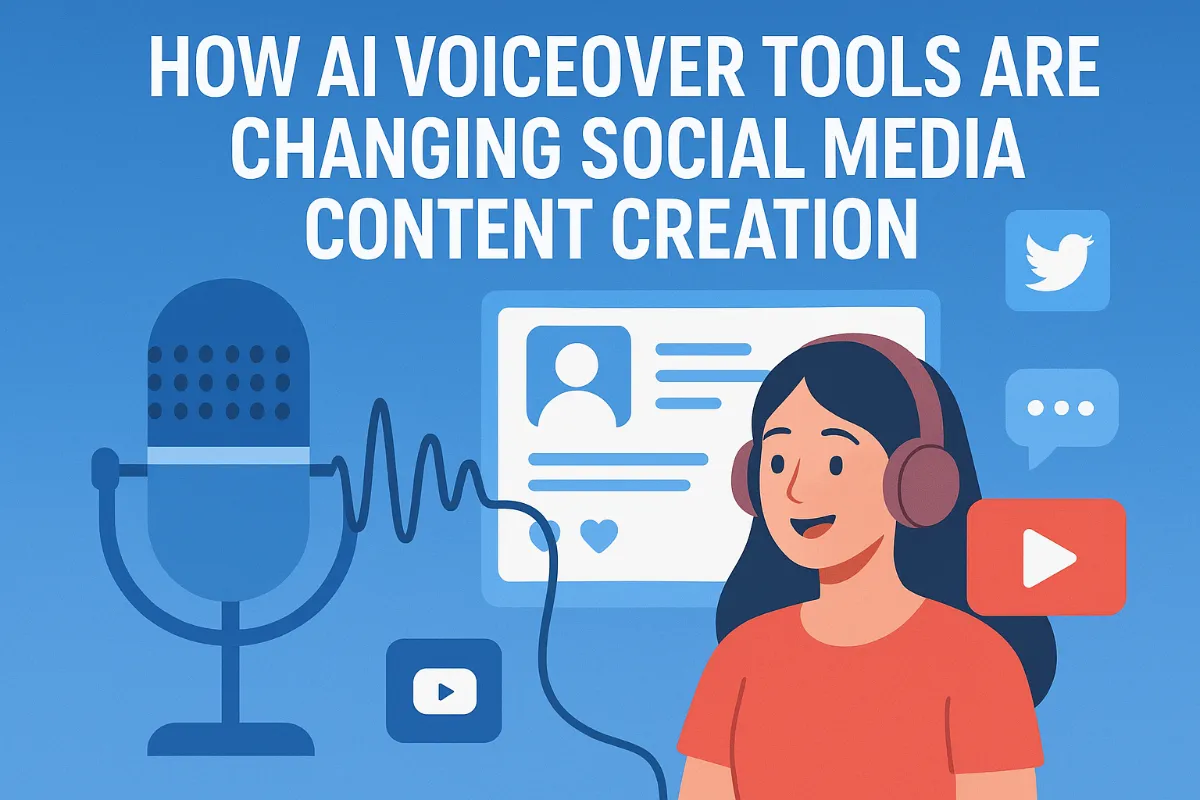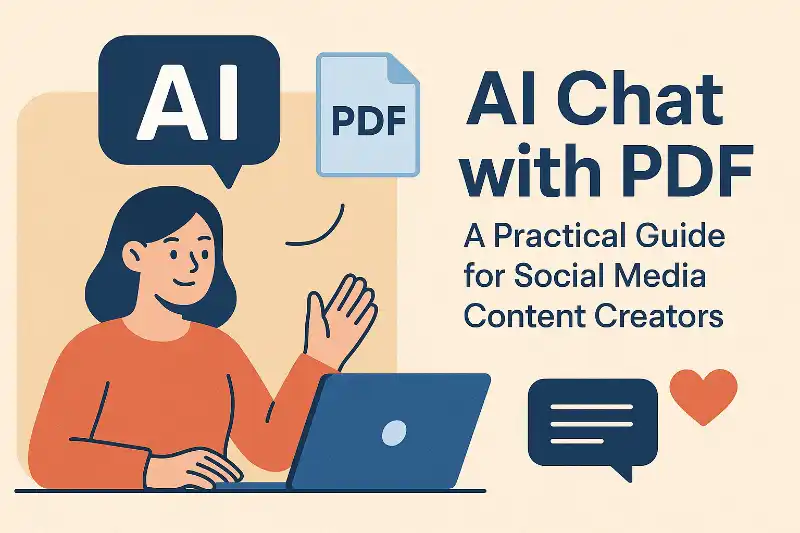Automated Social Listening for Sentiment Analysis
TL;DR
Understanding the Basics of Sentiment Analysis
Alright, so you wanna understand how people really feel about stuff online? Sentiment analysis is where it's at. It's not just about counting keywords; it's about figuring out the emotional vibe.
Sentiment analysis, also known as opinion mining, it basically uses ai to figure out if a piece of text is positive, negative, or neutral. (What is Sentiment Analysis?) Determ says it's like having a superpower to understand customer feedback, survey responses, and product reviews automatically.
Natural Language Processing (NLP) and machine learning (ML) are the brains behind the operation. NLP helps computers understand human language, while ML allows them to learn from data without being explicitly programmed. Together, they analyze text and assign a score, usually on a scale, to determine the sentiment.
Sentiment analysis typically categorizes text into three main types: positive, negative, and neutral. Positive means people are happy, negative means they're not, and neutral is kinda just...there.
You can understand how your audience reacts to your content. By analyzing the sentiment of comments and mentions, you'll know if they're loving it, hating it, or just kinda shrugging.
It helps you spot trends and shifts in public opinion. This means you can quickly see what's hot, and what's not.
You can improve your content relevance and engagement. By understanding what your audience feels, you can give the people what they want, right?
So, how does all this work in practice? Well, you could use a tool to scan social media for mentions of your brand and see if people are saying good things or bad things. Let's move on to see how automated social listening can help with this.
The Power of Automated Social Listening
Automated social listening is like having ears everywhere online—pretty cool, right? Instead of manually tracking mentions, you can let software do the heavy lifting. Think of it as your tireless digital sentinel, constantly scanning the social web to catch what folks are saying.
Automated social listening tools monitor social media platforms, forums, blogs, and news sites for mentions of specific keywords, brands, or topics. (15 Social Listening Tools for Your Brand in 2025) This offers significant speed advantages over manual monitoring.
Unlike manual monitoring, which is time-consuming and prone to human error, automated systems provide real-time data collection and analysis. A person can only read so many posts, y'know?
The benefits are clear: speed, scale, and efficiency. You can process thousands of mentions in minutes, get alerts for critical issues, and stay ahead of trends, which is like, super important.
You get real-time data, which means you can react to stuff as it happens. In healthcare, this could mean spotting a sudden surge in negative sentiment about a new drug.
Automation improves accuracy by removing human bias and ensuring consistent criteria.
Automated systems handle massive volumes of data; trying to sort through thousands of posts manually is a headache waiting to happen.
Automated social listening is a game-changer for sentiment analysis, letting you collect and analyze data more effectively. Now, let's dive into how this technical process actually works.
How Automated Sentiment Analysis Works: A Technical Overview
Alright, so you're probably wondering how this automated sentiment analysis thing actually works, right? It's more than just magic; it's a combo of tech and smarts.
- NLP Techniques: At its core, it uses natural language processing (nlp). This includes breaking down text into smaller bits (tokenization), figuring out the root of words (stemming), tagging parts of speech (like nouns and verbs), and spotting named entities (people, places, orgs).
- ML Algorithms: Machine learning (ml) algorithms are the real workhorses. Supervised learning, like Naive Bayes, SVM, and logistic regression, are used to train the system. Unsupervised learning, such as clustering, helps group similar sentiments. And deep learning with recurrent neural networks (rnns) and transformers, which can capture complex patterns and context for highly accurate analysis.
- Sentiment Scoring: Sentiment scoring is where the rubber meets the road. Lexicon-based approaches use dictionaries of words with pre-assigned sentiment scores. Machine learning approaches use trained models to assign scores. Hybrid approaches? They combine both for better results.
Think of it like this: a healthcare company uses sentiment analysis to monitor patient feedback on a new app. The system identifies negative sentiment around the app's usability, prompting developers to make improvements. Or, a financial firm uses it to gauge investor reaction to a ceo's announcement, helping them anticipate market moves.
Use Cases: Sentiment Analysis in Action
Sentiment analysis is a versatile tool applicable beyond large corporations, offering valuable insights for various users.
- Market Research: Sentiment analysis helps businesses figure out what customers really think about their products or services. For instance, a retailer could use it to analyze customer reviews and identify which products are getting the most love (or hate).
- Product Development: Are people complaining about a specific feature? Sentiment analysis can highlight pain points and guide product improvements. A software company could use sentiment analysis to sift through user feedback and prioritize bug fixes.
- Content Creation: Figuring out what kind of content resonates with your audience is key. Sentiment analysis can help you understand the emotional impact of different content types, so you can create more engaging stuff.
Consider a healthcare company that uses sentiment analysis to monitor patient feedback on their new telehealth service. By identifying negative sentiment around long wait times, they can optimize scheduling and improve patient satisfaction.
Now that we've got a handle on use cases, let's jump into a step-by-step guide on how to conduct automated sentiment analysis.
A Step-by-Step Guide to Conducting Automated Sentiment Analysis
Alright, so you're ready to put automated sentiment analysis into practice? It's not as daunting as it sounds, I promise. You just gotta take it one step at a time.
First, nail down what you really want to achieve. Is it improving customer service like, pronto or understanding brand perception? Clearly defined goals will make everything easier.
Set measurable kpis. For example, if you're tracking customer satisfaction, aim for a specific increase in positive sentiment scores over a quarter.
Defining the scope is crucial for effective analysis. Decide which platforms to monitor (Twitter, Facebook, forums?) and which keywords to track (brand name, product names, competitor mentions). It's like casting a wide net, but knowing where the fish actually are, y'know?
There's a ton of sentiment analysis tools out there, so do your homework. Consider factors like accuracy, language support, api integrations, and of course, pricing.
Does the tool offer customizable sentiment categories? Can it handle the volume of data you're expecting?
Pick a tool that fits your specific needs. A small business might be fine with a simpler, more affordable option, while a large enterprise might need a more robust, feature-rich platform.
Next up, start gathering data from your chosen sources
Clean the data by removing irrelevant info, like spam or bot activity, to ensure the accuracy and reliability of your analysis. You'll also want to standardize text formats and handle missing values. its gotta be squeaky clean data.
This step sets the stage for more accurate analysis.
Use your chosen sentiment analysis tool to classify the text as positive, negative, or neutral.
Look for trends and patterns, such as recurring negative sentiment around specific product features or positive sentiment spikes after marketing campaigns. Are there specific topics or keywords associated with negative sentiment? Are certain demographics more likely to express positive sentiment?
Draw meaningful conclusions from the sentiment data. What does it tell you about your brand, your products, or your customer base?
Finally, use your insights to make informed decisions and take concrete actions. If you spot a surge in negative sentiment around a new product feature, for example, you might prioritize bug fixes or release a tutorial video.
Adjust your action plan as needed based on the data. Maybe you need to tweak your marketing message, improve your customer service, or even overhaul your product development strategy.
Don't forget to monitor engagement and reach– it's all part of the feedback loop.
Choosing the Right Sentiment Analysis Tools
Picking the right sentiment analysis tools can feel like finding a needle in a haystack, right? But don't sweat it, knowing what to look for makes the job way easier.
Accuracy and reliability are paramount. You wanna make sure the tool actually gets the sentiment right, y'know? Imagine a retail company misinterpreting negative feedback as positive—that's a recipe for disaster.
Scalability and performance are also key, as the tool must be able to handle large volumes of data efficiently, especially during peak times or for real-time analysis. for example, a financial institution tracking market sentiment needs to process thousands of tweets per second.
Customization options are essential, allowing you to tailor the tool to understand industry-specific jargon, slang, or brand-specific language for more accurate results. think about a healthcare provider needing to train the system on medical terms to accurately gauge patient feedback.
Integration capabilities are crucial, enabling the sentiment analysis tool to seamlessly connect with your existing CRM, social media management platforms, or data analytics tools for a unified workflow. Does the tool play nice with your existing systems like crms or social media platforms? It's gotta fit into your workflow seamlessly.
Reporting and visualization features are vital for interpreting the data, allowing you to quickly identify sentiment trends, patterns, and key insights through dashboards, charts, and customizable reports. Can the tool generate easy-to-understand reports and charts? you'll want to quickly spot sentiment trends without diving into spreadsheets.
Thorough research is essential to identify the sentiment analysis tool that best aligns with your specific requirements and budget.
Overview of leading sentiment analysis tools: Some popular options include MonkeyLearn, Lexalytics, and IBM Watson's Tone Analyzer. They all have different features and pricing models.
Comparison of features and pricing: MonkeyLearn offers custom models, while Lexalytics is known for multi-language support. IBM's Tone Analyzer has great api integration, but it's a paid service.
Recommendations based on different use cases: For social media monitoring, Brandwatch might be good. For customer feedback analysis, Convin.ai could be a solid pick.
Wanna make your social media pop? Social9 uses ai to help you create engaging content that resonates with your audience.
Generate posts, captions, and hashtags that drive engagement: Social9 basically gives you a head start on your content creation, so you can focus on other stuff.
Social9 provides ai-Powered Generation,Smart Captions,Hashtag Suggestions,Content Templates,24/7 Support: These tools make creating and managing social content easier.
Alright, now that you know how to pick the right tool, let's talk about overcoming some of the challenges you might face.
Overcoming Challenges in Automated Sentiment Analysis
Automated sentiment analysis isn't perfect, y'know? It's got its challenges, but that's part of the fun, right? Let's dive into some hurdles and how to jump over 'em.
- Sarcasm and irony can throw these systems for a loop. It's hard for ai to "get" that "oh, that's just great" actually means something's terrible. AI struggles with understanding tone, context, and human nuances that are crucial for interpreting sarcasm and irony.
- Multilingual data adds another layer of complexity. What's positive in one language might not translate well—culturally or linguistically—to another. You got to adapt models for different cultural nuances, such as idioms, politeness conventions, or varying expressions of emotion.
- Bias it's a biggie. If your training data is skewed, your results will be too. Gotta make sure your data is fair and inclusive, or you'll end up reinforcing stereotypes. This involves diverse data sources, careful annotation, and regular auditing of training datasets.
So, how do you deal? Well, context is key. Using linguistic cues and making sure your models are regularly evaluated and updated is a good start. As, Determ says, ai-powered software removes bias.
Overcoming these challenges is crucial for accurate sentiment analysis.






